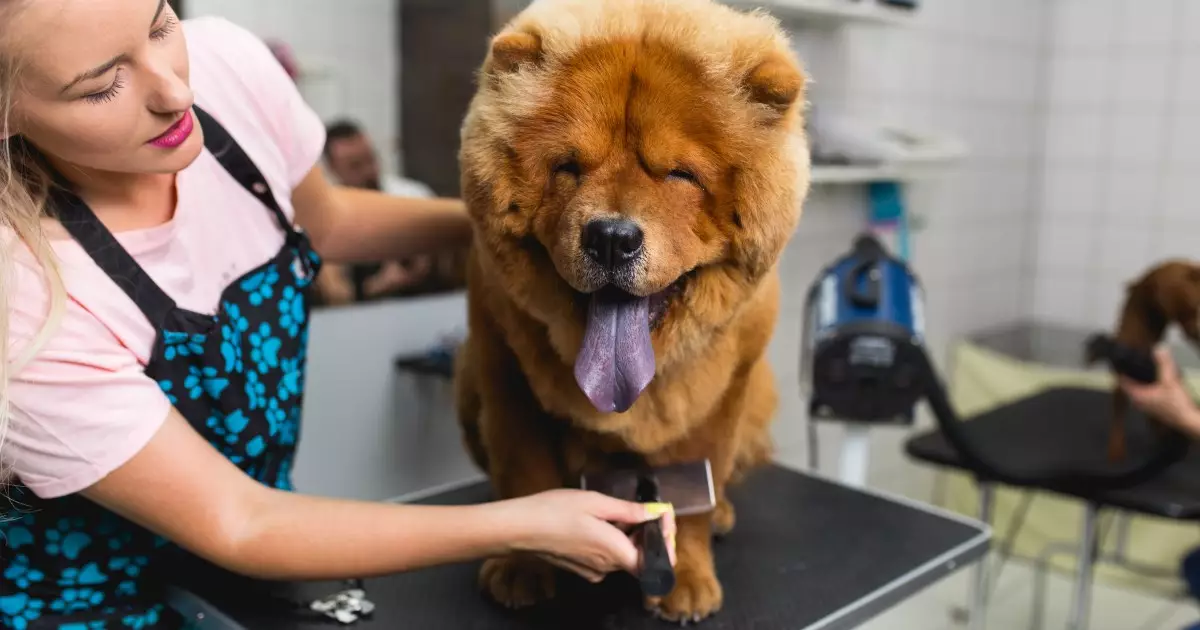When you welcome a dog into your home, you also welcome their fur. Living with a canine companion often means navigating through clumps of hair on your furniture and floors. Some breeds, however, are notorious for shedding more than others, which can present challenges for pet owners. This article will delve into the various dog breeds that shed significantly, the reasons behind this shed-prone nature, and practical tips to manage shedding effectively.
Every dog sheds, but the extent and frequency of shedding vary widely among different breeds. One principal factor influencing this is the dog’s coat type. Dogs typically have single or double coats. Double-coated breeds possess two layers: a soft undercoat and a coarser outer layer. This dual structure allows them to adapt to varying climates but also results in a more significant seasonal shedding cycle as they lose their winter coat to make way for summer fur.
Coat length plays a critical role as well. While longer hair may give the illusion of increased shedding, it can also mask the amount of fur that actually comes off the dog. Additionally, a dog’s health—their diet, stress levels, and overall well-being—can drastically impact shedding. Dogs experiencing dietary deficiencies or health issues may shed excessively, making it crucial for pet owners to monitor and adapt their dog’s care when needed.
High-Shedding Breeds: Meet the Culprits
Certain breeds are particularly well-known for their shedding capabilities. The Akita, for instance, features a dense, double-layered coat that is designed for survival in harsh climates. This breed requires consistent grooming through daily brushing and regular baths to keep shedding in check, especially during seasonal changes.
Similarly, the American Eskimo Dog flaunts a fluffy white coat that demands daily attention. Regular grooming not only keeps their coat healthy but also minimizes the amount of pet hair left around the home. The Bernese Mountain Dog, with its majestic fur, also benefits significantly from routine grooming; frequent brushing prevents mats and allows owners to keep their living spaces cleaner.
Another notable mention is the Chow Chow, which boasts a stunning furry appearance and a uniquely colored tongue. However, this breed needs thorough grooming to prevent mats and control shedding, requiring dedicated attention from its owner.
Among the working breeds, the German Shepherd showcases various coat types, all necessitating daily care. Whether they sport a shorter or longer coat, frequent brushing is essential to mitigate shedding. Golden Retrievers are not far behind; their flowing locks need consistent grooming to prevent excessive hair from accumulating on furniture and flooring.
The Great Pyrenees, traditionally known as livestock guardians, may seem low-maintenance, but their thick coats require weekly grooming sessions to keep shedding manageable. Likewise, the Old English Sheepdog, with its rugged double coat, needs regular upkeep to minimize loose fur throughout the house.
The Pembroke Welsh Corgi and its cousin, the Cardigan Welsh Corgi, also stand out for their shedding capabilities. While both breeds are known for their dense undercoats, the Pembroke tends to leave more fur behind, particularly during shedding seasons.
Lastly, the Saint Bernard, while perhaps less demanding in grooming frequency compared to others, still requires daily attention to manage its significant shedding. This gentle giant, alongside all high-shedding breeds, highlights the importance of regular grooming practices.
To manage shedding effectively, establishing a consistent grooming routine is essential. Regular brushing not only removes loose hair before it can accumulate in your living space but also promotes a healthier coat by distributing natural oils.
Investing in quality grooming tools can also make a significant difference. Brushes designed for specific coat types can be particularly effective. For double-coated breeds, a slicker brush and an undercoat rake are beneficial in reaching the deeper layers of fur, while long-haired breeds may benefit from a wide-toothed comb.
Incorporating baths into your grooming routine, ideally every month or as necessary, helps in keeping the coat clean and reduces shedding. Moreover, a balanced diet filled with necessary nutrients can promote a healthy coat, minimizing the chances of excessive shedding due to dietary deficiencies.
Understanding which dog breeds are prone to shedding and why can empower pet owners to prepare better for life with a furry companion. With proper grooming practices and a keen eye on health, you can enjoy the companionship of your dog without being overwhelmed by their shedding.

